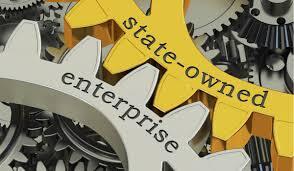Since the rise of remote work in Kenya, particularly after the COVID-19 pandemic, the shift has been praised as a breakthrough for flexibility and cost savings. Companies in finance, IT, consulting and media have embraced work-from-home models, seeing them as efficient alternatives to the traditional office setup. Yet beneath the surface, a growing challenge is emerging, remote work fatigue, a subtle but real threat to employee well-being and long-term productivity.
Unlike office life, where there are physical signals to start and end the workday, remote work blurs those boundaries. Many Kenyan workers now report difficulty “logging off” in the evenings, as their homes have become their workplaces. Without the natural transition provided by commutes, coffee breaks, or walking to meetings, the day can feel like an unbroken stretch of tasks and deadlines. This constant mental load contributes to exhaustion and a sense of burnout over time.
Moreover, virtual communication, once seen as a savior of remote teams, is now part of the problem. Tools like Zoom, Google Meet and Microsoft Teams require sustained, intense focus in ways that in-person interactions don’t. Without physical cues, eye contact and subtle body language, virtual meetings can be mentally taxing. What’s worse, many companies have fallen into the trap of over-meeting, replacing organic, quick office conversations with scheduled calls, leaving workers with little time for focused, uninterrupted work.
Another major issue is the erosion of workplace connection. Employees, especially young professionals, often feel isolated and disconnected in remote setups. Informal mentorship, casual knowledge sharing and social bonding suffer in a fully virtual space. For many, this leads to decreased engagement, lower morale and questions about career progression. Feeling invisible to managers and colleagues, some workers quietly disengage, even if they’re physically present online.
To counter this, companies are increasingly adopting hybrid models, mixing remote days with in-office collaboration and some are even going back to fully in-office since 2024. Some are rethinking how they communicate, reducing unnecessary meetings, adopting asynchronous tools and encouraging employees to set boundaries around working hours. At the personal level, individuals are learning to prioritize well-being by taking breaks, shutting down devices after hours and maintaining social connections outside work.
As Kenya’s workplaces evolve, the challenge ahead is clear: flexibility must be balanced with strategies that protect mental health and foster meaningful human connection. Without this balance, the promise of remote work risks becoming a hidden burden


















